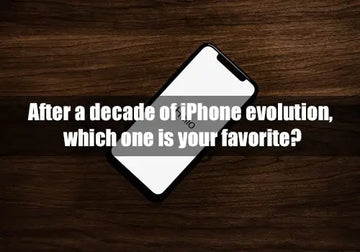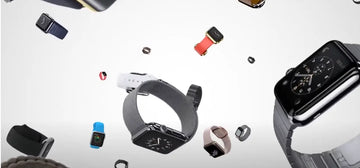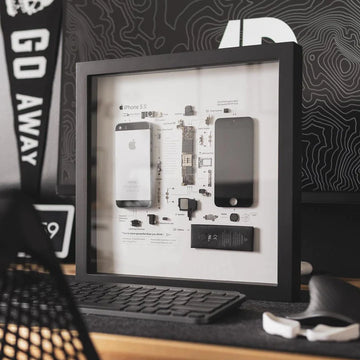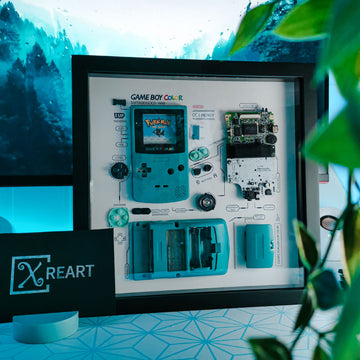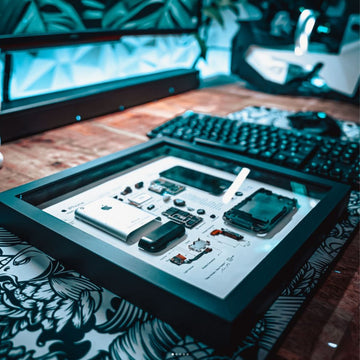The application of any cutting-edge technology is to pay the cost of the pioneer because immaturity so faces all kinds of risks. After a decade of iPhone evolution, which one is your favorite?
iPhone Development Timeline
In 2007, Steve Jobs launched the first generation of the iPhone officially on sale. But at that time, it did not spark widespread concern. Slowly, the iPhone conquered one group of people after another and opened up a global rush to buy it.
Apple co-founder Steve Jobs had left a bold statement: the iPhone will redefine the cell phone. iPhone came out and changed the relationship between users and their portable devices, and the new form of touch screen + application also triggered a new era of smartphones.
During the past twelve years, cell phones have undergone radical changes, and many brands have either looked out of sight or left quietly, but Apple has led the smartphone design trend for a long time.
The first generation iPhone - 2007
In 2007, with flip phones dominating the market, the iPhone came out of nowhere. The initial iPhone ditched the then-popular physical keyboard and stylus for a 3.5-inch capacitive multi-touch screen. Although it did not yet include any third-party app and GPS and camera features, its iconic Home button and grid-based user interface were also revolutionary in design.
iPhone 3G - 2008
The iPhone 3G was not very innovative in appearance, but it could support a 3G network as well as GPS function.
iPhone 3GS--2009
The iPhone 3GS was also the first S version of the iPhone, introducing video recording capabilities. Since then, Apple has released an S version of the iPhone every two years.
iPhone 4s - 2010
The biggest highlights of the iPhone 4S were the introduction of Apple's Siri intelligent voice assistant and iCloud cloud services, and the increase of the phone's pixels to 8 megapixels comparable to card cameras at the time.

iPhone 5 - 2012
The iPhone 5 upgraded the previous 3.5-inch screen to 4.0 inches, supported the new 4G network, and the Lightning connector became standard on every iPhone since then.
iPhone 5S/5C - 2013
The iPhone 5S was equipped with Touch ID fingerprint recognition for the first time, and a gold version was introduced, sparking an "earthy gold" craze.
The C in iPhone 5C means a colorful, new look, old chip, and not cheap. It was one of Apple's failures in iPhone products and was discontinued after only one year.
iPhone 6 /6 plus - 2014
iPhone 6/6Plus screen size was upgraded to 4.7 inches and 5.5 inches respectively, and users were able to experience a larger screen. iPhone 6 series was launched with a mobile Unicom Telecom triple play version, and the Apple Pay service was also released.
iPhone 6S/6S plus - 2015
Rose Gold" color was added for the first time and was well received by users. The iPhone 6S/6S plus added pressure-sensitive touch, or 3Dtouch, to further expand the operability of touchscreen phones.
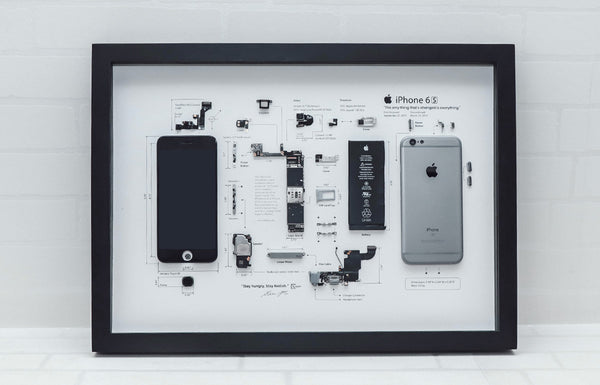
iPhone SE - 2016
Returning to the small 4-inch screen, the iPhone SE is a small phone launched by Apple to cater to users who like compact models.
iPhone 7/7 plus - 2016
iPhone 7/7 plus canceled the 3.5cm headphone jack for the first time, the Home button was also changed to capacitive non-pressable, processor memory was increased to 3GB, vibration feedback was added, water and dust resistance was supported, etc., and the iPhone 7 Plus used a dual camera for the first time.
iPhone 8/8 Plus/iPhone X - 2017
iPhone 8/8 Plus did not change much in appearance compared to the previous generation but added AR function and face fill light in photography, and introduced wireless charging for the first time.
The iPhone X, as Apple's sincere work for the 10th anniversary, adopted a full-screen design, and the bangs screen it carried also led the cell phone design trend for some time afterward. iPhone X eliminated the bottom home button that Apple had used for 10 years, changed the dual camera to a vertical arrangement, and introduced Face ID and Animoji.
iPhone XR/XS/XS Max - 2018
These three models still continue the bangs screen design of the previous generation and are equipped with the A12 Bionic chip. However, it is worth mentioning that two of the models, iPhone XR and iPhone XS Max, support dual SIM dual standby.


